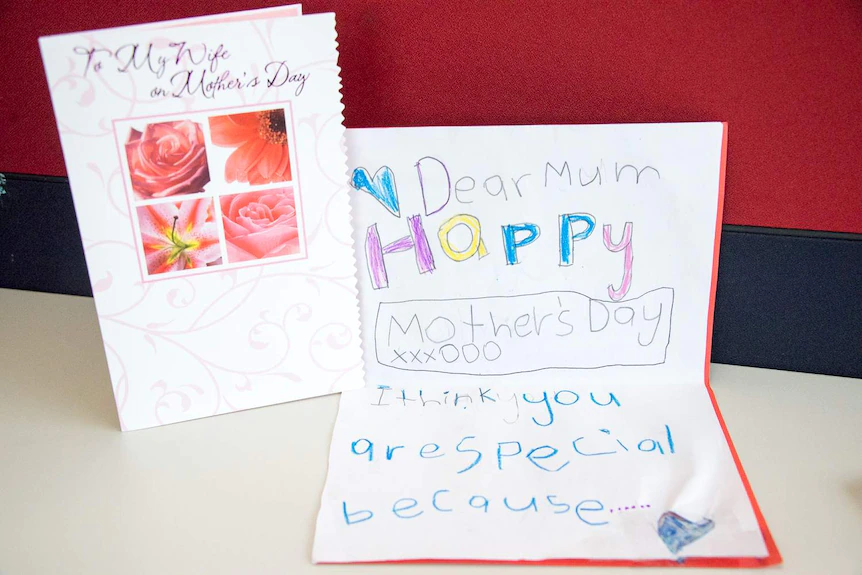We’re bombarded with ads and messages telling us to buy things for – as if the value of our love can be measured by how much we spend. Australians are set to spend $925 million on Mother’s Day this year – up $166 million from 2022 – with flowers, alcohol, food and gift cards topping the gifts for mum, according to research from the Australian Retailers Association (ARA) in collaboration with Roy Morgan. People who plan on buying a gift will spend an average amount of $92 each (up from $80 in 2022).

And yet…
Mother’s Day originated from a quite unlikely source. Those who are disturbed by the excessive spend on Mother’s Day may be interested to learn more about how the second Sunday in May came to be celebrated as Mother’s Day.
It began as part of an international movement meant to change the world, one that began through the collective efforts of influential women who sought to free the world from injustice and warfare.
Ann Reeves Jarvis began Mother’s Day Work Clubs in 1858 to deal with the disease-causing environment of West Appalachia’s poorest workers. These Clubs generated goodwill and good works by women in their communities that transcended political loyalties.
The American Civil War took place between 1861 to 1865, claiming the lives of 620,000 soldiers. Ann Reeves Jarvis became one of the postwar influencers who promoted peace through the Mother’s Day Work Clubs.
In 1870, abolitionist Julia Ward Howe also took a stand, notably as author of a well-publicized “Mother’s Day Proclamation” urging women to promote peace through political means. No doubt delivered with the passion and conviction of Julia Gillard’s famous speech against misogynist behaviour.
“Arise, then… women of this day! Arise, all women who have hearts, whether our baptism be that of water or of tears! Say firmly: We will not have great questions decided by irrelevant agencies. Our husbands shall not come to us, reeking with carnage, for caresses and applause. Our sons shall not be taken from us to unlearn all that we have been able to teach them of charity, mercy and patience. We, women of one country, will be too tender of those of another country to allow our sons to be trained to injure theirs.
From the bosom of the devastated earth a voice goes up with our own. It says: Disarm, Disarm! The sword of murder is not the balance of justice. Blood does not wipe out dishonor, nor violence vindicate possession. As men have often forsaken the plough and the anvil at the summons of war, let women now leave all that may be left of home for a great and earnest day of council.
Let them meet first, as women, to bewail and commemorate the dead. Let them then solemnly take council with each other as to the means whereby the great human family can live in peace, each bearing after his own kind the sacred impress, not of Caesar, but of God.
In the name of womanhood and of humanity, I earnestly ask that a general congress of women, without limit of nationality, may be appointed and held at some place deemed most convenient, and at the earliest period consistent with its objects, to promote the alliance of the different nationalities, the amicable settlement of international questions, the great and general interests of peace.“
The original 1870 Mother’s Day proclamation by Julia Ward Howe
Howe, who had written the Civil War anthem “Battle Hymn of the Republic” years earlier, had become a pacifist after living through the Civil War and reading accounts of the Franco-Prussian War that followed. Howe and other women organized events driven by their pacifist leanings, including Mother’s Days for Peace, which were held annually in various locations across the U.S. on June 2. These eventually fell out of favor.
By Jarvis’ death in 1905, her daughter Anna was ready to take up the cause. She held a church service on the second Sunday in May, 1908 to honor her mother. Mrs. Jarvis had once said that she hoped there would be one day be a memorial day for mothers, adding, “There are many days for men, but none for mothers.”
The custom spread, as Anna publicized it through letters to newspapers and politicians. She lobbied enthusiastically to institute a national holiday that would personalize the mothers’ movement by encouraging sons and daughters to honor their own mothers. In 1914, then-U.S. President Woodrow Wilson officially named the second Sunday in May as Mother’s Day.
Almost as soon as the proclamation ink dried, merchants began advertising candies, flowers and greeting cards to commemorate the day. This disturbed Anna, who believed it was being corrupted from her intention of an intimate celebration of one’s own mother.
In the years that followed, she tried to reverse the commercialization of Mother’s Day, spending her sizable inheritance, along with her energy, on boycotts and lawsuits against groups that violated the spirit of the day. In 1923, she crashed a confectioners’ convention. In 1925, she protested the American War Mothers convention, which used Mother’s Day as a fundraising event by selling carnations. She was arrested for disturbing the peace.
Her efforts, though nearly impossible to ignore, went largely unanswered. She died penniless in a sanitarium in 1948, having no children of her own.
Nevertheless, Mother’s Day celebrations continued to gain momentum. Today it is celebrated in 152 countries.
Maybe this year, we can pause and remember the incredible dedication and commitment of Ann Reeves Jarvis, her daughter Anna, and Julia Ward Howe – and the many examples in our contemporary world of women who dedicate their lives to peacemaking and community building.